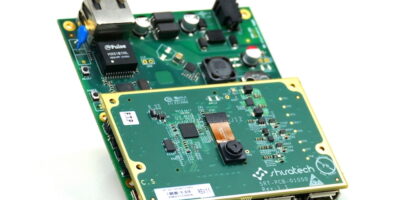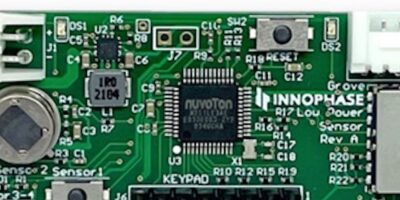Based on sensor technology from Onsemi, Arrow Electronics’ family of plug-and-play camera modules provide original equipment manufacturers with the means to incorporate a wide range of camera functionalities into their products. Target application areas include artificial intelligence (AI) and machine vision, low-power Internet of Things (IoT) devices, and commercial and consumer security products.
Arrow worked with Shiratech Solutions to create the camera mezzanine cards compliant with the 96Boards specification. Each module is based on a CMOS image sensor from Onsemi with a different set of capabilities, enabling users to select functionality depending on their specific product requirements. Each mezzanine is also equipped with the Onsemi AP1302 image signal processor (ISP). If the main processor does not have an integrated ISP, this IC takes over functionalities including sensor configuration and calibration, image format conversion, basic transformations, and autofocus.
The AP1302 supports Onsemi image sensors up to 13 MP, providing wide flexibility for developers.
The SRT-Vision96-AR0430 mezzanine board features an Onsemi AR0430 sensor-based 4MP resolution, full-colour (RGB) 120 FPS camera with an 80 degrees field of view and focus range from 10cm to infinity. Target applications include consumer appliances, AI vision and access control. For IoT applications requiring low power consumption and fast recording speeds, the SRT-Vision 96-ARX3A0 uses the ARX3A0 0.3 MP 360 fps monochrome sensor.
The current line-up is completed by the SRT-VISION96-AR1335, which offers a 13 MP, 60 fps RGB camera and is designed for digital still camera, AI vision and body cameras. By working with camera module suppliers Appletec, Basler and Leopard Imaging, Arrow provides developers with a range of imaging solutions that can be added to embedded hardware without the need for specialist expertise or long development cycles.
The Arrow camera mezzanines can be plugged directly into compatible 96Boards baseboards and, together with the accompanying driver and board support package, provide all the elements necessary to create a proof of concept.
Go to https://www.arrow.com







